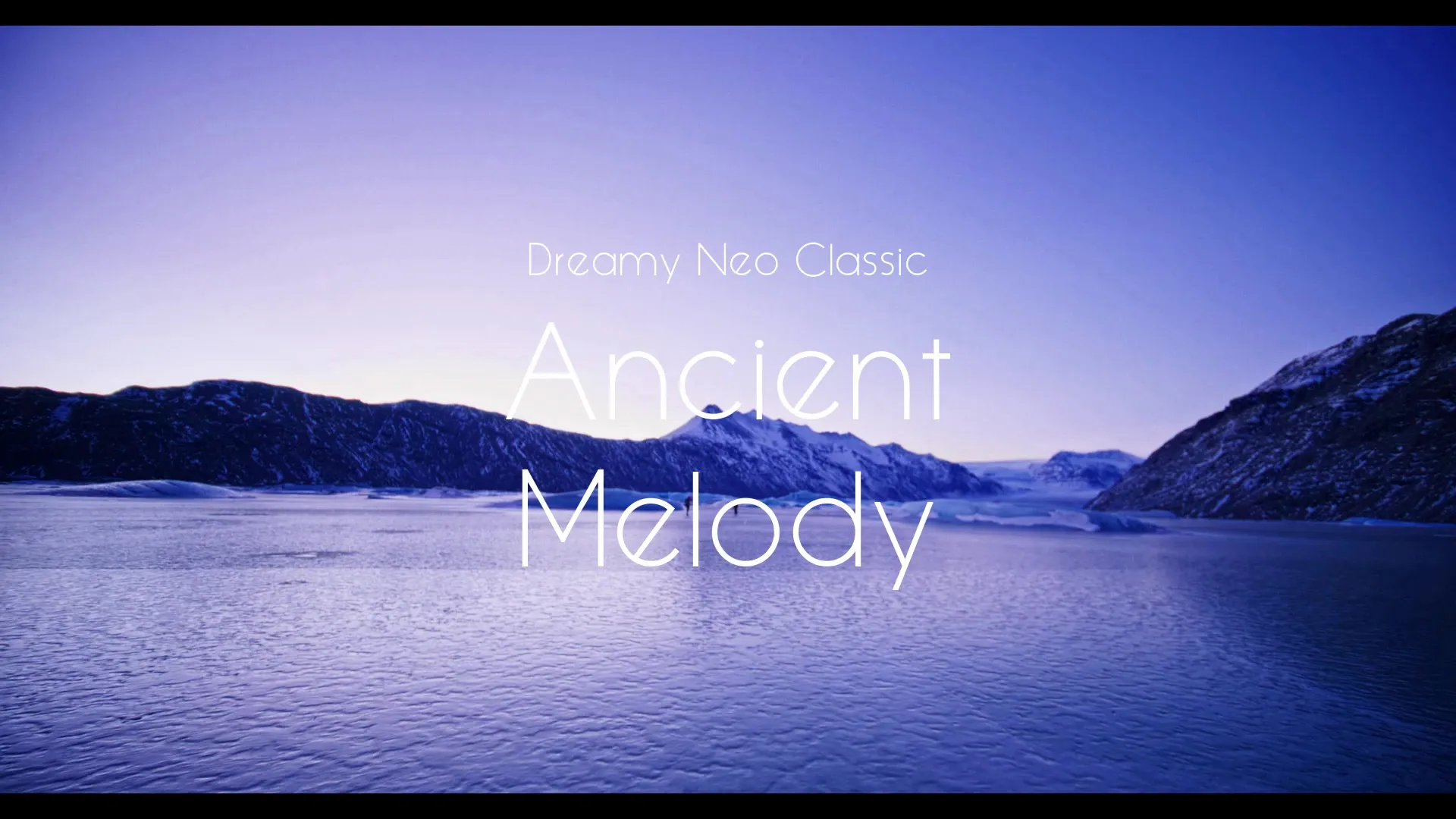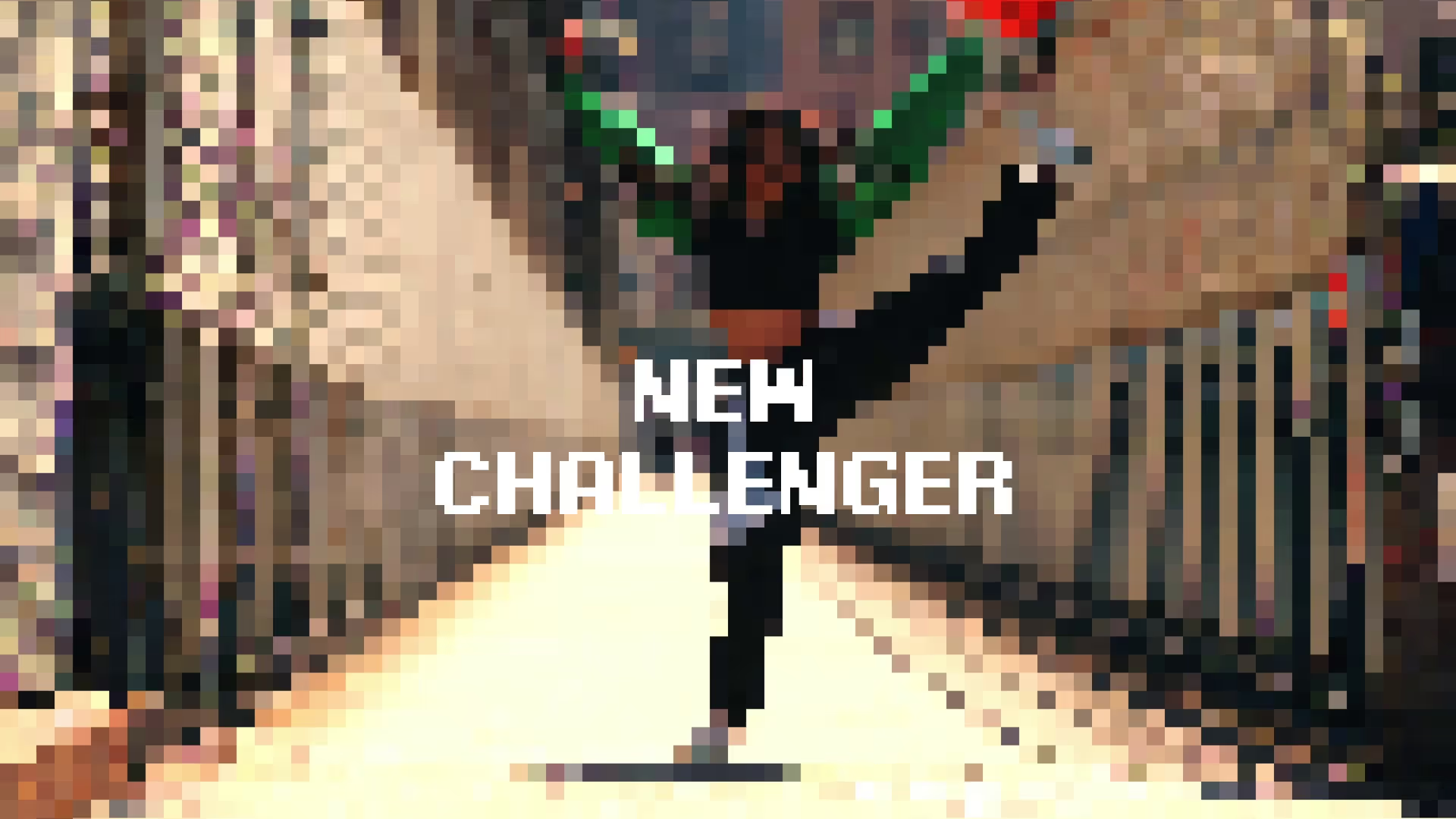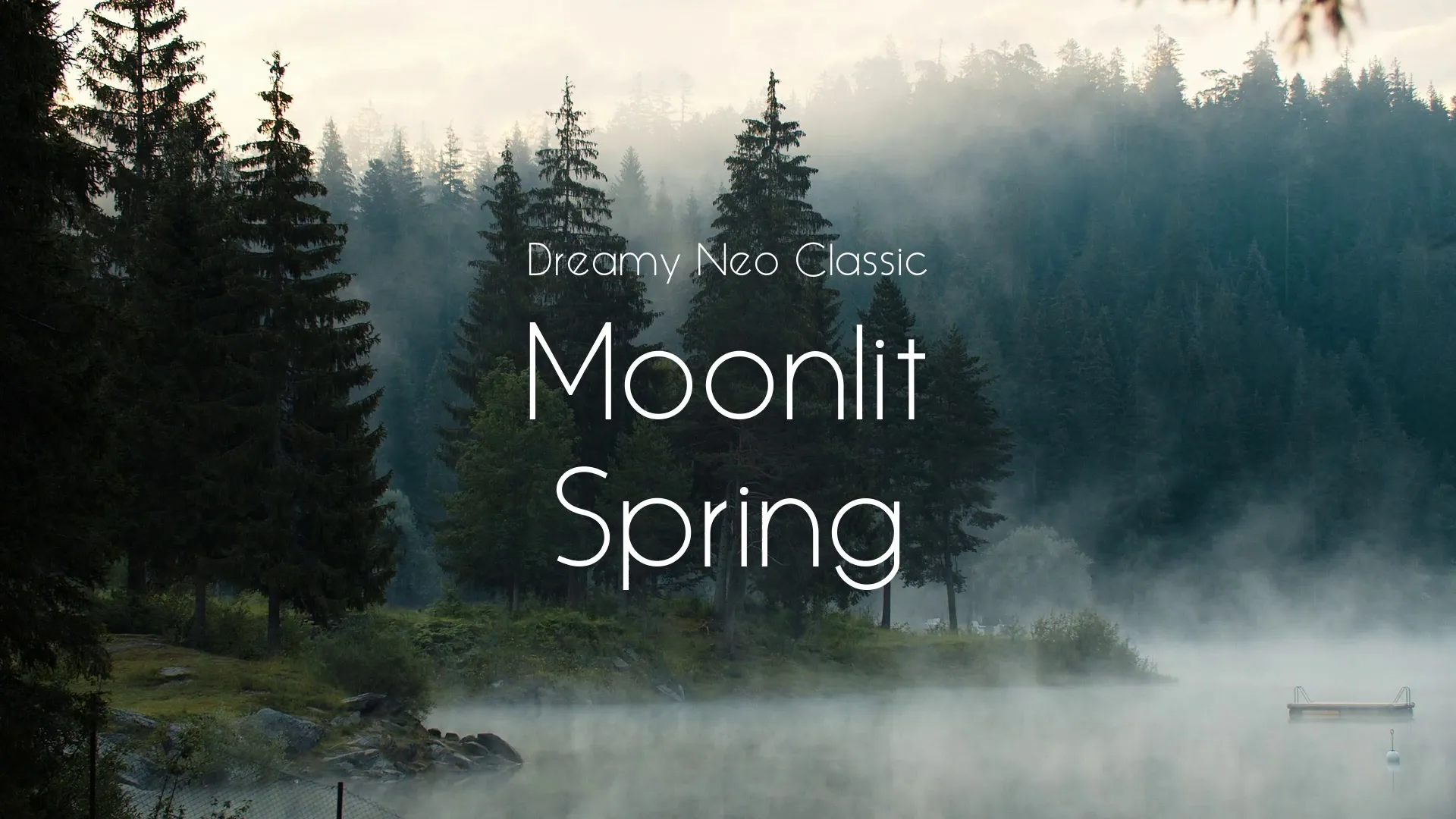Crafting Immersive Game Soundscapes: Advanced Music Composition Techniques & Tools
Game sound design and music composition often get sidelined until late in development. This is a missed opportunity for deep player immersion. Advanced audio techniques are crucial for elevating a game’s atmosphere and emotional impact.
Beyond Looping: Adaptive Music Systems
Traditional looping music can break immersion as players notice repetition. Adaptive music systems dynamically alter tracks based on gameplay state. This involves layering, horizontal re-sequencing, and vertical mixing.
Layering adds or removes musical elements as game intensity changes. Horizontal re-sequencing transitions between different musical segments based on player actions or narrative beats. Vertical mixing adjusts the volume and presence of individual stems within a track, creating subtle shifts in mood.
Consider using middleware like FMOD or Wwise to implement these systems effectively. These tools provide robust frameworks for managing complex audio logic.
The Power of Spatial Audio and Environmental Storytelling
Spatial audio places sounds accurately within the game’s 3D environment. This enhances realism and player orientation. Proper implementation allows players to pinpoint sound sources, crucial for gameplay and atmosphere.
Environmental soundscapes are more than just background noise. They tell a story about the world. Wind in the trees, distant city hum, or dripping water in a cave all contribute to the narrative. Use a mix of ambient beds, spot effects, and subtle musical textures to build these soundscapes.
Think about how sounds change based on the player’s proximity to objects or entry into new areas. Attenuation, occlusion, and obstruction parameters are vital for realistic sound propagation. For understanding technical aspects of rendering pipelines, which affect how audio is processed, you might find ‘Unity: Understanding URP, HDRP, and Built-In Render Pipeline’ insightful.
Leveraging Advanced Composition Techniques
Music in games should be an extension of the gameplay. Consider leitmotifs for characters or locations, evolving and transforming with narrative progression. This creates a deeper connection for the player.
Procedural music generation offers endless variations, preventing repetition in open-world games. Algorithms can create new melodies and harmonies within defined parameters. While complex, this technique can significantly enhance replayability.
Interactive scoring allows player actions to directly influence musical tempo, intensity, or instrumentation. This creates a highly personalized audio experience. Experiment with different parameters that can be mapped to player input or game state.
Essential Tools for Modern Game Composers
Digital Audio Workstations (DAWs) like Ableton Live, Logic Pro, or Cubase are foundational. They offer comprehensive tools for recording, editing, and mixing. Familiarity with at least one DAW is non-negotiable.
Dedicated middleware like FMOD Studio and Wwise are indispensable for implementing adaptive and interactive audio. They bridge the gap between your composed music and the game engine. They manage complex audio logic, allowing for dynamic soundscapes.
Sound libraries and synthesizers provide a vast palette of sounds. Investing in high-quality libraries can save time and elevate production value. Synthesizers offer unique sound design opportunities, from atmospheric pads to impactful effects.
Create a free account, or log in.
Gain access to free articles, game development tools, and game assets.






















.webp)
